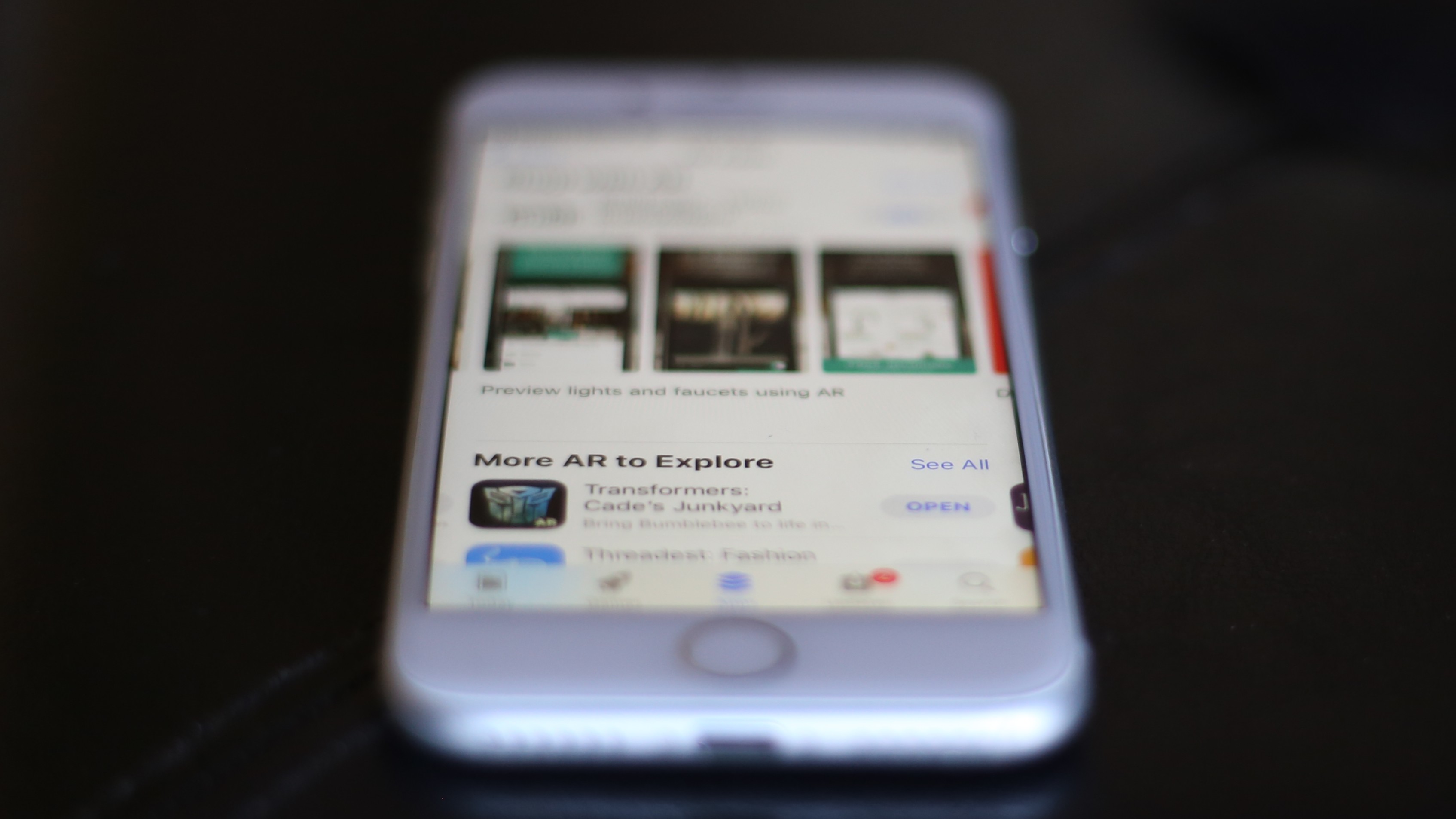
As consumer-based mobile AR inches forward, we’re seeing lots of lessons in app strategy and UX. And those best practices will continue to evolve — the same process that ruled early iOS apps ten years ago.
One of the many factors in that equation is the delivery vehicle for AR experiences. And because we live in such an app-centric world — partially driven by Apple’s influence and vested interest in apps — it’s becoming the heir-apparent modality for mobile AR. But is it the optimal channel?
History Repeats
Many AR thought leaders are asking that very question and doubting if the app-heavy paradigm that ruled the smartphone era is best for AR. The thought is that AR’s existing adoption challenges are exacerbated by the friction of finding and downloading disparate apps.
“You effectively have all the same problems that a mobile app has,” Presence Capital partner Amitt Mahajan told ARtillry. “You have to convince someone to download it, and convince them to come back every day. All of the friction to get to that experience is still pretty high.”
We’re already seeing this play out in high-value consumer verticals like retail. One historical parallel is retail beacons. Everyone thought they were a good idea, but they fell flat due to requirements for users to download specific apps and adjust system settings like bluetooth.
“We’ve seen some interest in AR for brick & mortar shopping,” StepsAway CEO Allan Haims told ARtillry. “But ultimately there’s not enough user adoption yet, and the friction is too high to download apps to use AR. Similar friction has been the challenge with retail beacons.”

Enter Google
Just as Apple has a vested interest in apps, Google’s DNA leads it to all things web. And as part of ARCore, Google has made it well known that it will support Web AR. This plays into Google’s overall XR strategy, which could influence how mobile AR is packaged and delivered.
Meanwhile, it invokes another historical parallel: Apps versus mobile web. Apple and Google waged this standards battle early in the smartphone era to define the content delivery package. Apple largely won that battle and here we are. But could things be different in an XR era?
We could now have a new flavor of “apps vs. web” whose outcome determines how we access AR. Beyond Apple and Google’s respective strengths and gravitas, it could be the best consumer experience that wins out. Apps have more robust functionality today but could web AR catch up?
Of course it won’t be winner take all: they’ll coexist as iOS and Android have for years. And the right answer could be somewhere in the middle. Mahajan suggests a sort of app-lite structure with core functionality at the OS level that developers tap into to, sort of like Apple Wallet or Spotlight.
“There could be a single app at the OS level that other apps can then add functionality to,” said Mahajan, “similar to the way that Spotlight is a single app that exists as part of iOS, but then apps can expose content they want within Spotlight. They could do something similar with AR.”
The Web has a chance to crack open the App Store duopoly as we move to AR & VR. "Apps" don't make sense in AR, but linking "things" does.. https://t.co/Nk3fuq0O1U
— Matt Miesnieks (@mattmiesnieks) August 29, 2017
Network Effect
Beyond friction for users, apps are disadvantaged by their lack of interoperability compared to the link-structured web. This has always been the case in the app era, leading to movements like deep linking, but it could really handicap AR functionality by forcing it into non-linked silos.
This could be an important question as it relates to the matter of networked AR experiences. It will be a key tenet of the AR cloud and collaborative/social AR, which could drive killer apps. So the question is: Will AR apps or web AR be more friendly towards multi-player capacity?
Beyond technicalities of which format can better connect to other users and to the AR Cloud, there’s a practical question of dynamic “pick-up” multi-player sessions. Could they be saddled by the need for all parties to stop and download the right app? Web AR could have the edge there.
But influence could ultimately be greatest from whoever attracts the most users and developers. Apple has the nearer-term scale in device compatibility, while Google has a longer-term edge with Android’s installed base. And let’s not forget the scale Facebook will reach with Camera Effects.
These dynamics should be watched closely by anyone deciding where to apply development resources, and which platforms and distribution channels are optimal. Though web AR is currently inferior to apps in functionality, it could gain ground as AR’s longer-term vessel of choice.
For a deeper dive on AR & VR insights, see ARtillry’s new intelligence subscription, and sign up for the free ARtillry Weekly newsletter.
Disclosure: ARtillry has no financial stake in the companies mentioned in this post, nor received payment for its production. Disclosure and ethics policy can be seen here.
